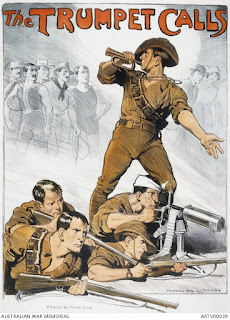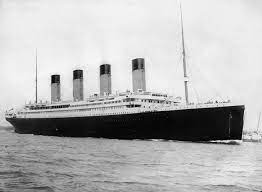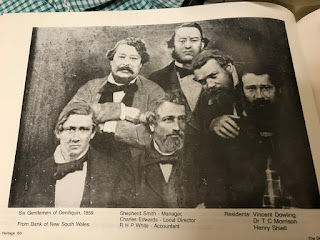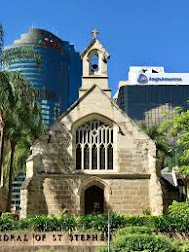Lest We Forget

On ANZAC Day it is fitting to honour the fallen. Today's blog is about a young man who played an integral part in rallying the troops - he was a bugler. ROBERT FRANCIS CROTHER WILKINSON Robert was born in 1894 to James Simpson Wilkinson and his wife Helena of Auburn and was one of six children. Robert enlisted on 28 August 1914 under his first name only - just 18 days after Australia entered WW1. He was the first young man under 21 from the Auburn area to enlist. His enlistment papers show him to be a Tinsmith (a maker or repairer of sheet metal). He was 5'4" with light brown eyes and dark hair and he held the position of bugler in the 1st Battalion band. A bugler had a necessary role to play in the military. The bugle was used to indicate daily routines of camp. Historically the bugle was used in the cavalry to relay instructions from officers to soldiers during Battle. They were also used to assemble the leader and to give marching orders to the camps. WW1 recruitment p...


